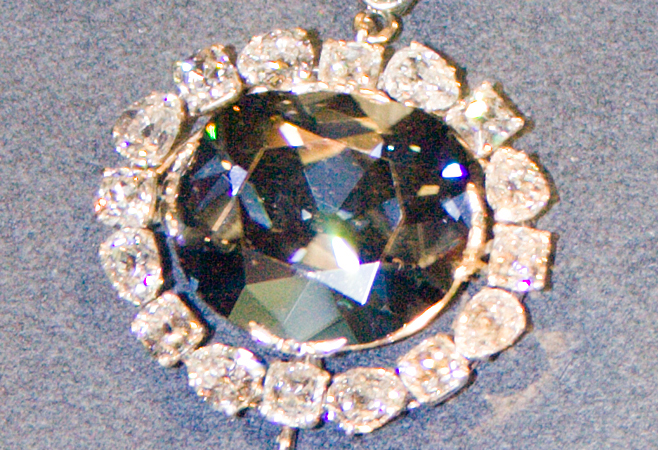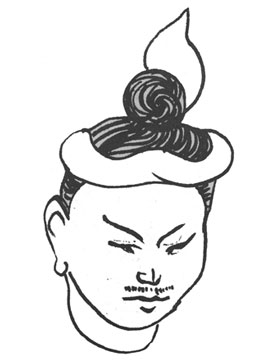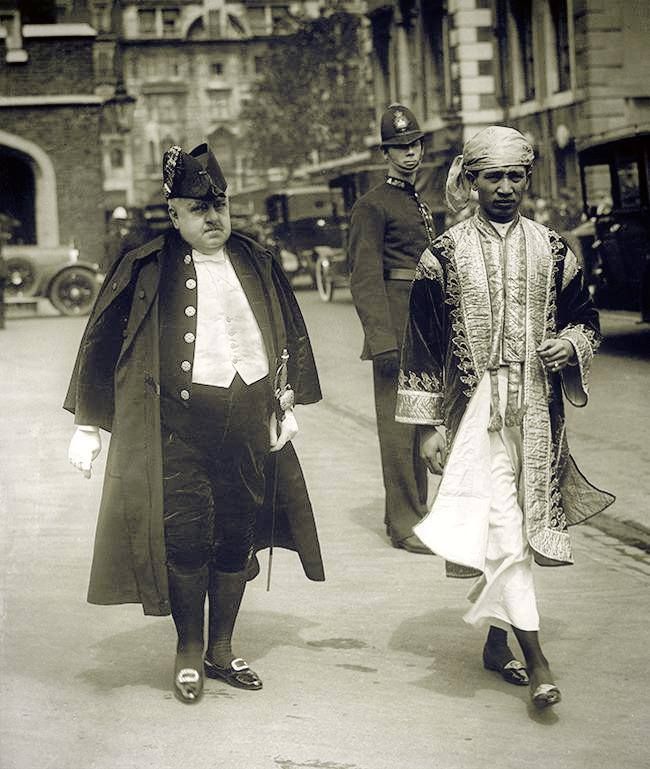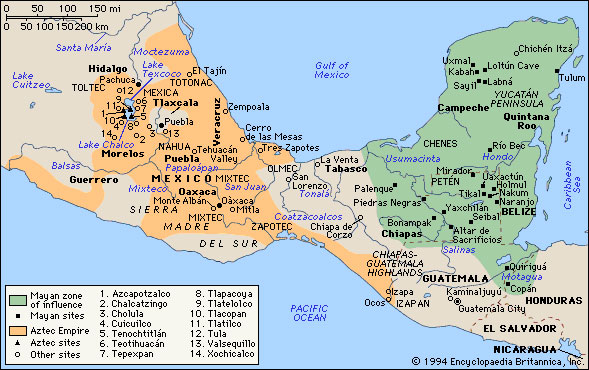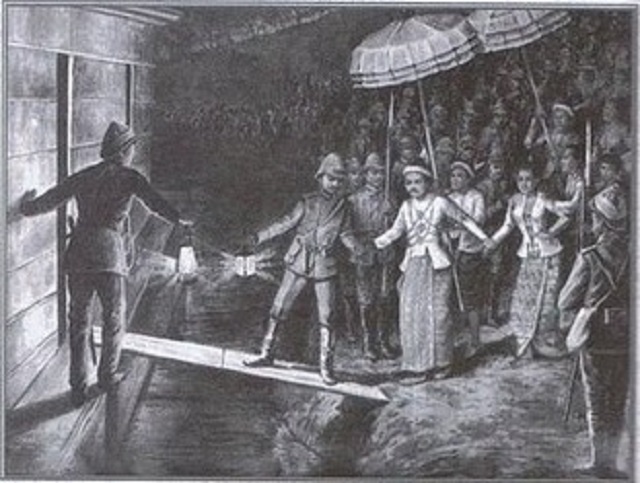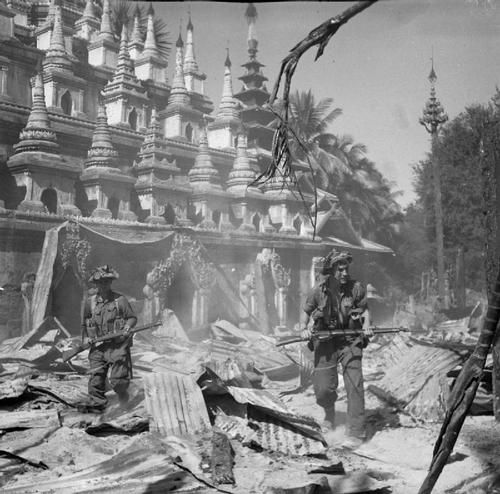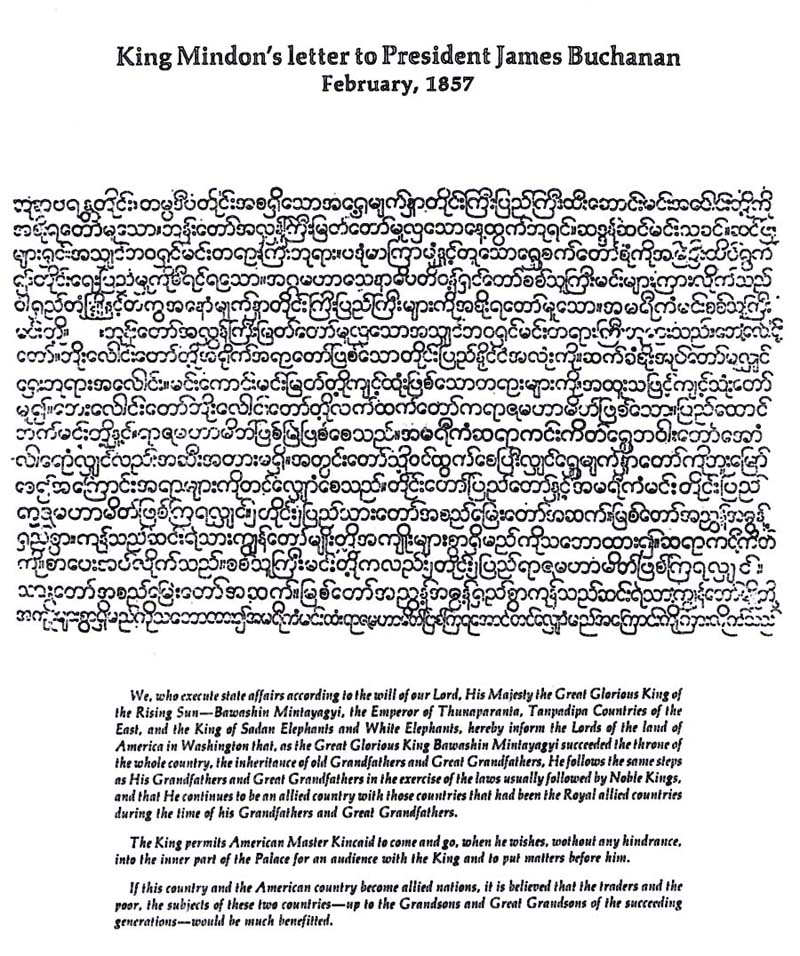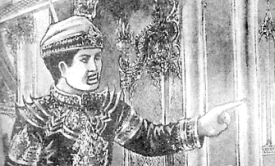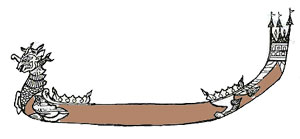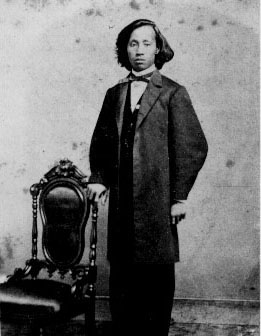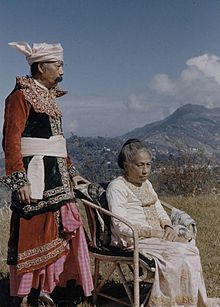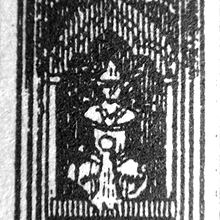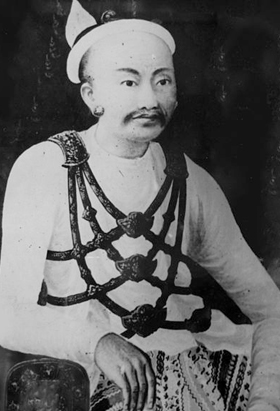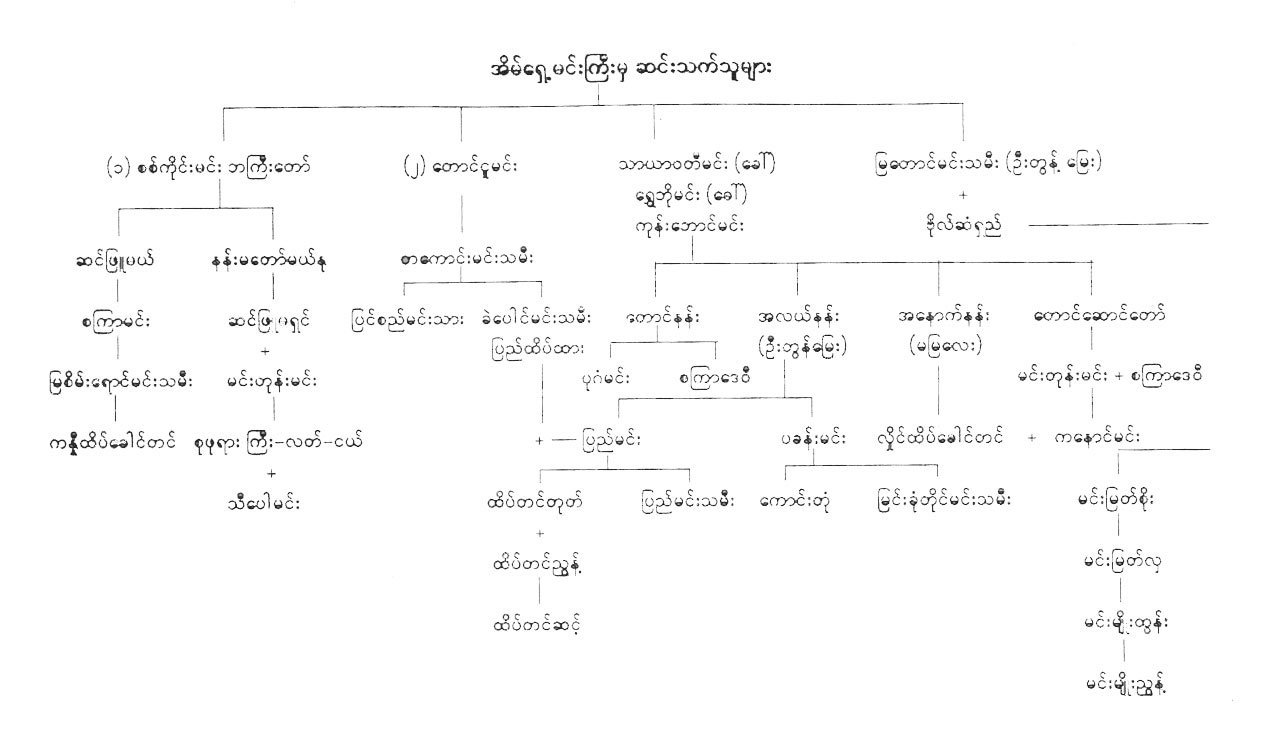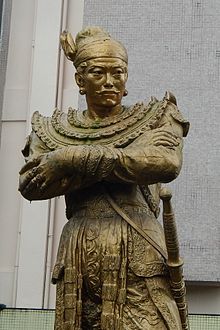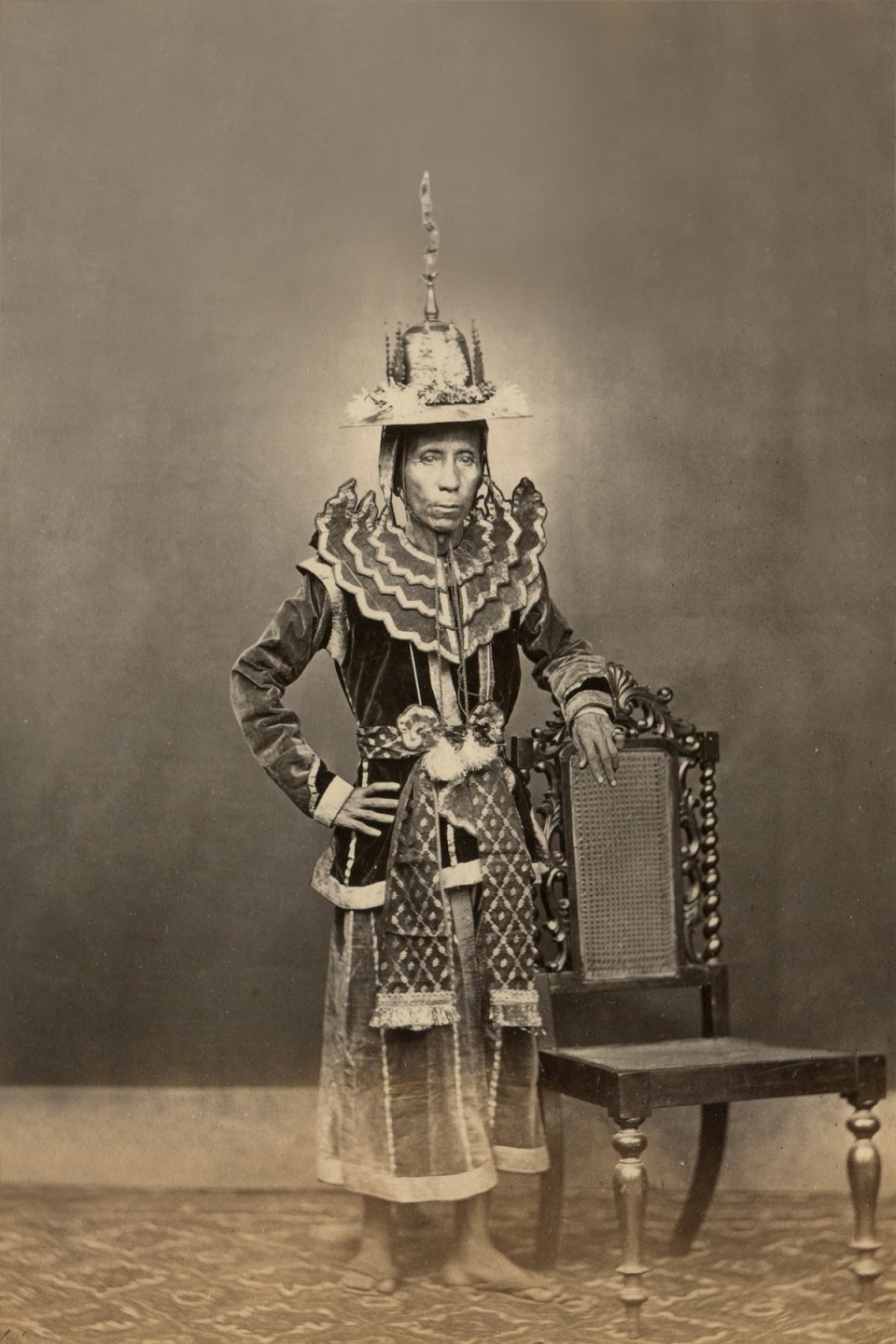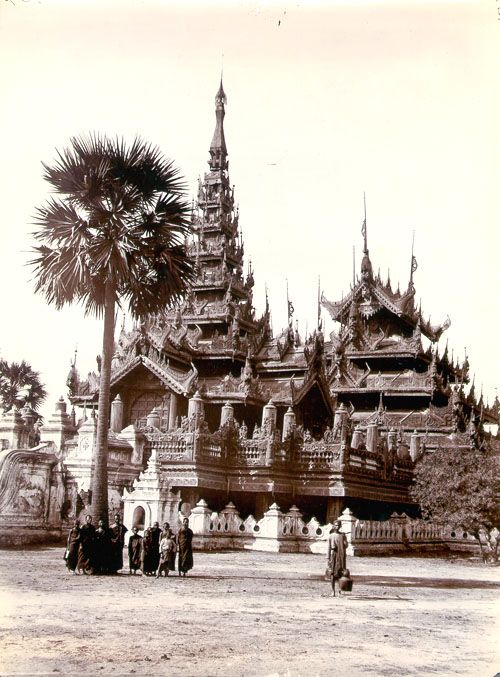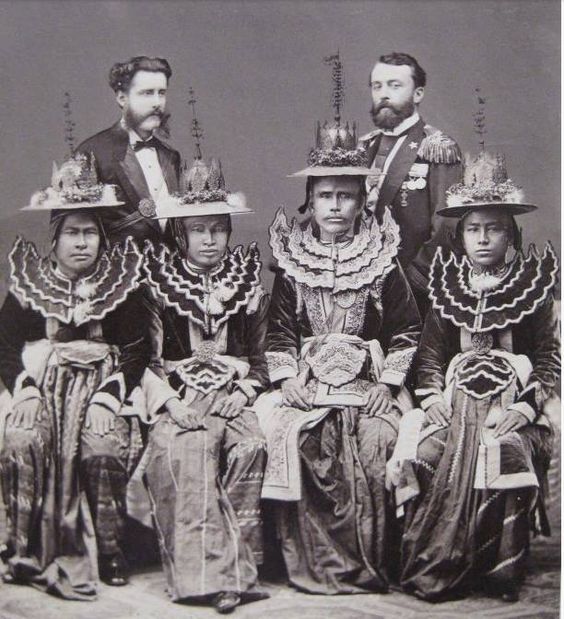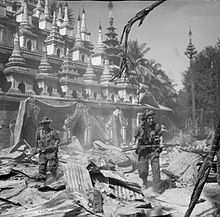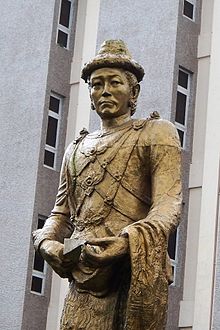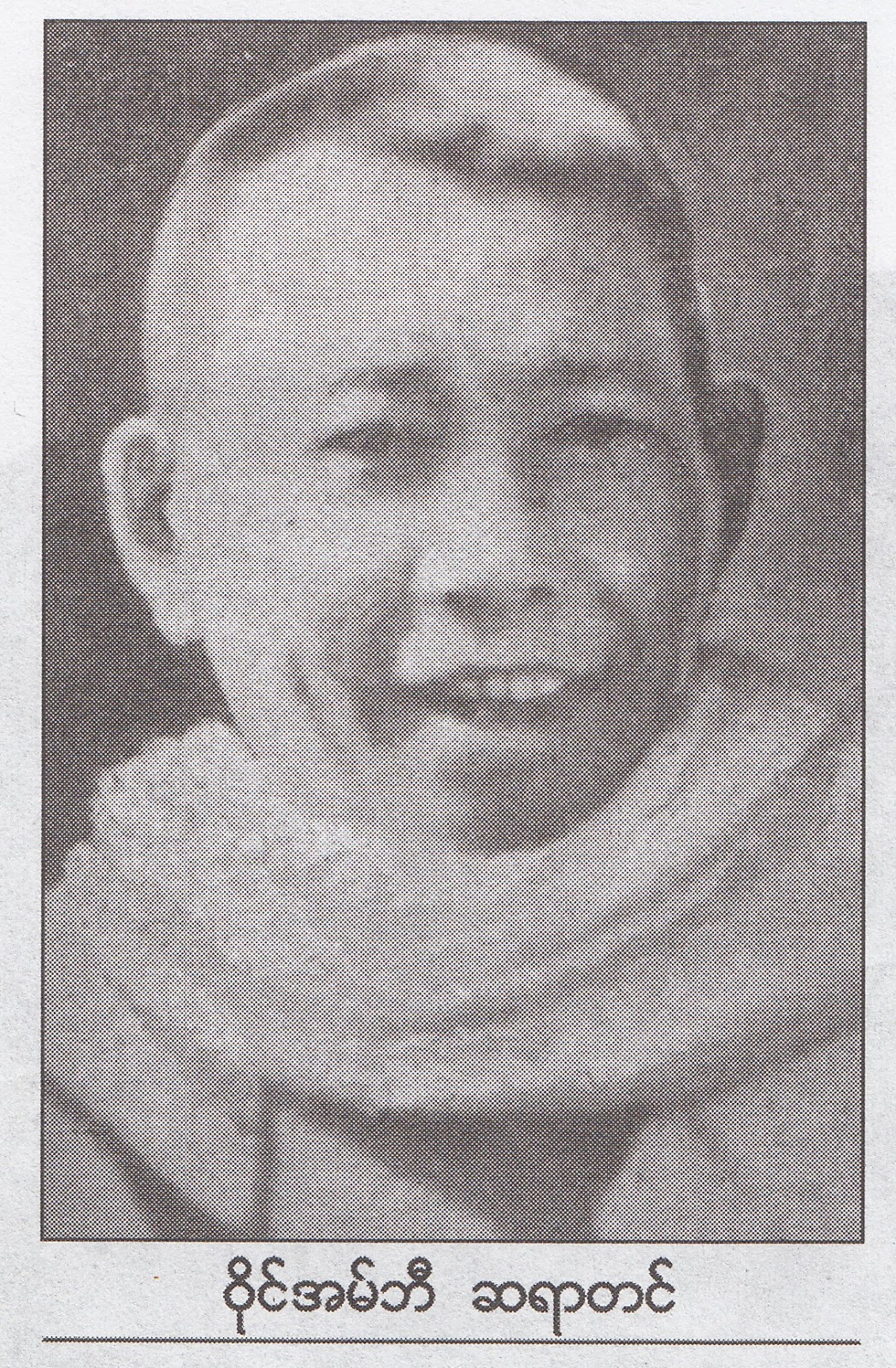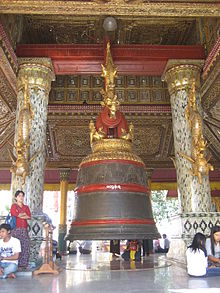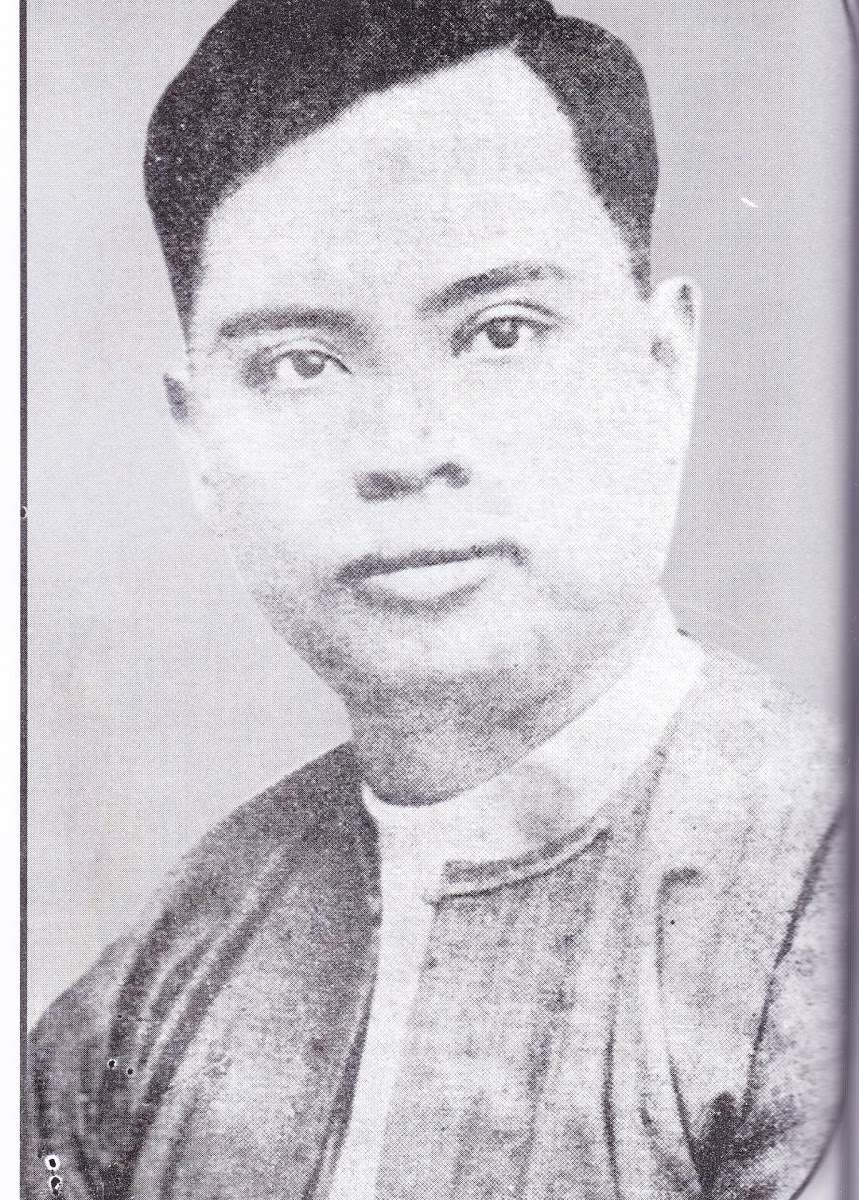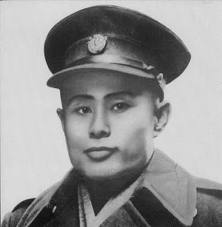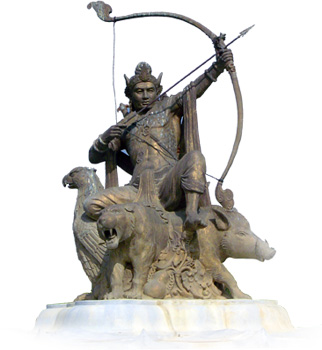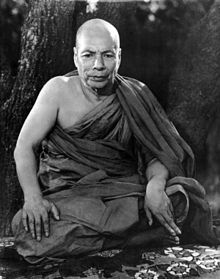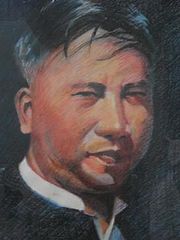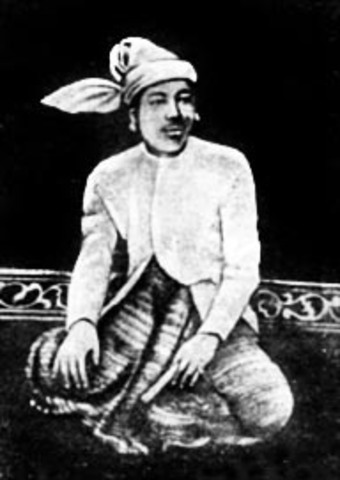Myanmar History
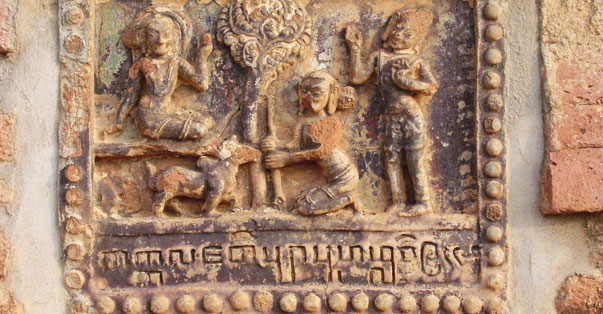
Myanmar has a long and complex history. Many peoples have lived in the region and the history began. The first identifiable civilization is that of the Mon. The Mon probably began migrating into the area in about 300 BC, and their first kingdom Suwarnabhumi, was founded around the port of Thaton in about 300 BC. The Pyu arrived in Myanmar in the 7th century and established city kingdoms at Binnaka, Mongamo, Sri Ksetra, and Halingyi. During this period, Myanmar was part of an overland trade route from China to India. By 849, the Burmans had founded a powerful kingdom centered on the city of Bagan and filled the void left by the Pyu. The kingdom grew in relative isolation until the reign of Anawrahta (1044 - 77) who successfully unified all of Myanmar by defeating the Mon city of Thaton in 1057.
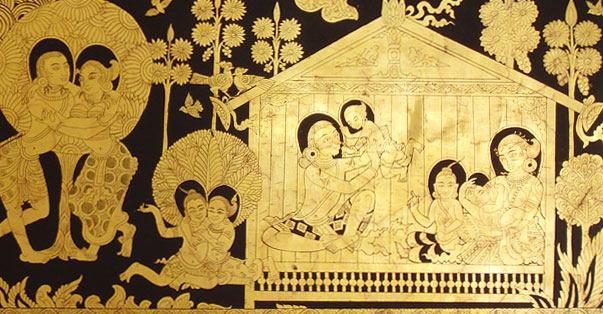
After the collapse of Bagan authority, Myanmar was divided once again. The Burmans had restablished themselves at the city of Ava by 1364, where Bagan culture was revived and a great age of Burmese literature ensued. The kingdom lacked easily defendable borders, however, and was overrun by the Shan in 1527. Surviors of the destruction of Inwa eventually established a new kingdom centered on Taungoo in 1531 led by Tabinshwehti (reigned 1531-50), who once again unified most of Myanmar. A popular Burmese leader named Alaungpaya drove the Bago forces out of northern Myanmar by 1753, and by 1759 he had once again conquered Pegu and southern Myanmar while also regaining control of Manipur. He established his capital at Rangoon, now known as Yangon. Myanmar was known to the West ever since western explorers had heard of it. Marko Polo was the earliest known westerner who discovered Myanmar and introduced to the West.
We have 461 guests and no members online
The Hope Diamond in Smithsonian Museum.World's Largest Blude Diamond A Rare but Cursed Treasure.Diamond is the strongest mineral found on earth. Diamond is also the most precious and the most priceless jewel. In Europe. during the middle age. diamonds were assumed to be the reflectors of Jesus Christ. In Myanmar. since many eras ago. diamonds were regarded as the most sacred elements on earth. and were offered to pagodas as the Diamond Orb. located at the topmost of the pagoda.
King Thibaw (A.D. 1881-1885) was the 11th generation of the Konbaung Dynasty. King Thibaw was the last king of the Myanmar Monarch. He became the King of Myanmar in 1881 at the age of 16. He was born a royal prince from the Queen mother named as Queen Laung Shay. He was known to be the youngest prince among all his siblings. But as all the princes were killed in different circumstance. he was the only heir left to the throne of the Konbaung Dynasty.
Photo Credit - www.asnthanhan.com
This article was written in 1985. one hundred years after King Thibaw and Queen Supayar Latt were taken to India by the British.
Comalcalco was a major Mayan port city that was believed to have flourished between A.D 700 to A.D 900. Though others place it much older, and even perhaps older still, since the finds at Nakbe in the Petén, it may go back to 1000 BCE, and beyond. Since there was no rock quarry or stone to use in the area, they built the buildings out of bricks made of baked mud.
Photo Credit - www.asiaobserver.org
King Nanda was the king of the Taungoo dynasty of Myanmar whose reign (1581-99) ended with the dismemberment of the empire established by his father. Bayinnaung. Upon coming to the throne. Nanda Bayin was faced with a rebellion of his uncle. the viceroy of Inwa. whom he defeated three years later. In December 1584 Nanda Bayin marched into Siam. which had been a vassal of his father. to subjugate the Siamese patriot Naresuan.
The First Myanmar Medical Doctor graduated in USA. Dr. M Shaw Loo has to be the first medical doctor from Myanmar. He was the son of U Shwe Thet and Daw Phwar. They descendants of Mon race and were Christians. It was the time when the First British-Myanmar war was going on. in 1824. Young Shaw Loo lived in Mawlamyine. Mon State with his parents.
Photo Credit - www.wikipedia.org
King Bodawpaya (1782-1819) was one of the greatest king of Myanmar. sixth monarch of the Alaungpaya. or Konbaung. dynasty. in whose reign (1782-1819) the long conflict began with the British.
King Mindon (1853-1878) was the king of Myanmar from 1853 to 1878. His reign was notable both for its reforms and as a period of cultural flowering in the period before the imposition of complete colonial rule.
Photo Credit - www.wikipedia.org
King Bayinnaung (1551-1581) was also known as Braginoco or Barinnaung. He was the king of the Taungoo dynasty and reigned from 1551 to 81 in Myanmar. He unified his country and conquered the Shan States and Siam (now Thailand). making Myanmar the most powerful kingdom in mainland Southeast Asia. In 1550 a revolt broke out among the Mons of southern Myanmar. and Bayinnaung's brother-in-law. Tabinshwehti. was assassinated at Bago in 1551 by a Mon prince.
Photo Credit - www.wikipedia.org
Myanmar has a long and complex history. Many peoples have lived in the region and the history began. The first identifiable civilization is that of the Mon. The Mon probably began migrating into the area in about 300 BC. and their first kingdom Suwarnabhumi. was founded around the port of Thaton in about 300 BC.
Photo Credit - www.moemaka.com
Nandashay Sayar Tin was the most famous Musician and Composer of Myanmar Music history. He was the composer of Myanmar National Anthem. Sayar Tin was born in 1892 at Mandalay.
Photo Credit - www.wikipedia.org
King Tharyarwaddy (A.D. 1837-1846) was the eighth king of the Alaungpaya. or Konbaung. dynasty of Myanmar. who repudiated the Treaty of Yandabo and nearly brought about a war with the British. Tharyarwaddy in 1837 deposed his brother Bagyidaw (reigned 1819-37). who had been obliged to sign the humiliating treaty that ceded the provinces of Arakan and Tenasserim to the British.
General Aung San was born on 13 Feb 1915. Natmauk. Myanmar. Heaungsan was the Myanmar nationalist leader and assassinated hero who was instrumental in securing Myanmar's independence from Great Britain. Before World War II Aung San was actively anti-British; he then allied with the Japanese during World War II. but switched to the Allies before leading the Myanmar drive for autonomy.
The history of Burma is fraught with colonial domination and internal conflict.
Photo Credit - www.goldentriangel.de
King Wareru (1287-1296) was famous king of Hanthawaddy (Hansavadi. or Bago). who ruled over the Mon people of Lower Myanmar. He was also called Magado or Chao Fa Rua. King Wareru was a Thai adventurer of humble origins who had married a daughter of King Ramkhamhaeng of Sukhothai and had established himself as overlord of Martaban on the Salween River in 1281.
Photo credit - www.wikipedia.org
Ludu U Hla (Burmese: လူထုဦးလှ; 19 January 1910 – 7 August 1982) was a Burmese writer, distributer, recorder, folklorist and social reformer whose productive compositions incorporate an extensive number of way breaking true to life works. He was hitched to kindred essayist and columnist Ludu Daw Amar.
More in this section...
- Burma old villages 100 years ago
- Chief Minister Kinwun Mingyi & Delegation to Britain
- Chronology of Konbaung Period
- Curse of Bagan Temples
- Historical Events of Myanmar
- History of Myanmar
- Letter to U.S. President James Buchanan, 1857
- Mayan Civilization
- Myanmar Rulers : Kings, Queens, Presidents, and Prime Ministers
